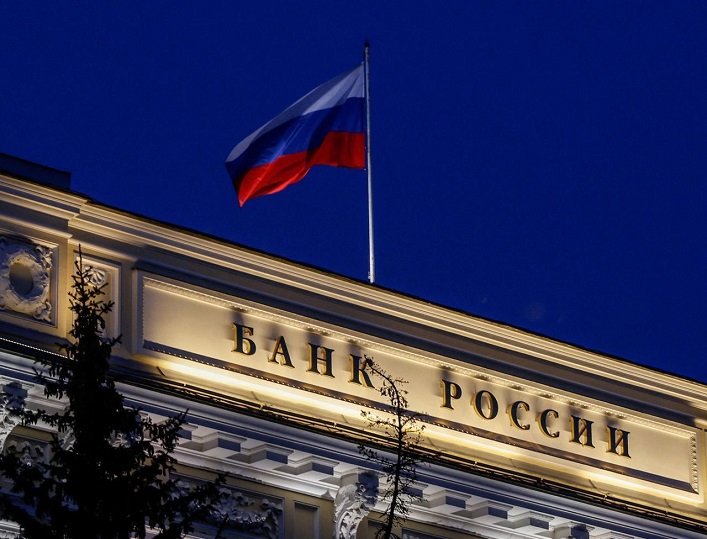A special working group should find out more precisely where Russian state assets are located and their total value. About $300B of assets from the Russian central bank are frozen in the G7 countries.
The working group is tasked with evaluating various methods to identify procedures to utilize their use in Ukraine’s reconstruction from a legal, economic, and political point of view.
The Swedish presidency explained that different regulatory frameworks apply to different types of frozen assets. For example, private frozen assets can only be confiscated if a crime has been committed and the person has been convicted in court.
At the same time, according to Die Welt, the European Commission has concluded that the frozen reserves of the Russian Central Bank will have to be returned at some point. Therefore, they will not be given to Ukraine but will try to invest in European bonds with an expected income of 2.6% annually.
